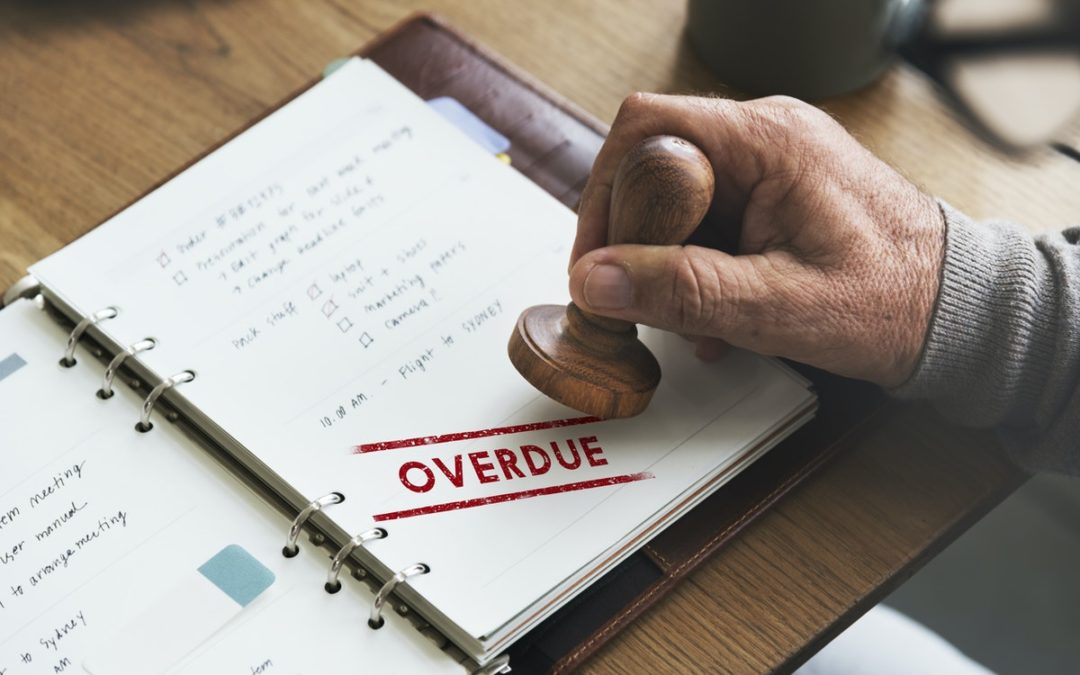
Apr 15, 2022 | Business Law
Partnerships involve two or more people who are in business together and share ownership of the assets and liabilities of the business. Partnerships can come to an end for many... Read More

Apr 8, 2022 | Business Law, Employment Law
In this article, we identify the liabilities involved in the voluntary assumption of risk and how to avoid breaching duty of care. In March 2010, a security guard sued his... Read More

Apr 7, 2022 | Business Law
A trade mark that distinguishes one trader’s goods from another is a valuable asset, however a recent Federal Court case concerning craft beer has demonstrated that registered trade marks are... Read More

Apr 4, 2022 | Business Law, Intellectual Property
Registering a trademark confers far more benefits than registering a business name, company name or domain name. Marketing is an important business tool, and a registered trade mark is crucial... Read More

Oct 1, 2020 | Business Law, COVID-19
Disclaimer: The directives in this article relating to the COVID-19 pandemic may no longer be in force. Please use caution if you are citing legislative material from this article as... Read More






